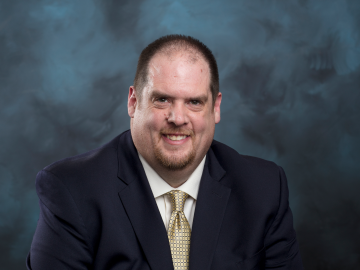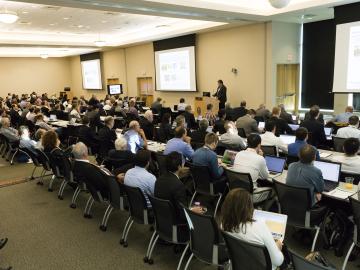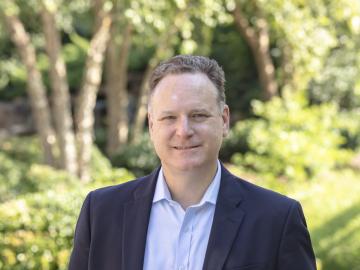
Filter News
Area of Research
- (-) Advanced Manufacturing (7)
- (-) Nuclear Science and Technology (35)
- Biological Systems (3)
- Biology and Environment (119)
- Biology and Soft Matter (4)
- Building Technologies (3)
- Chemical and Engineering Materials (3)
- Chemistry and Physics at Interfaces (7)
- Clean Energy (211)
- Climate and Environmental Systems (7)
- Computational Biology (1)
- Computational Chemistry (5)
- Computational Engineering (2)
- Computer Science (4)
- Data (1)
- Earth Sciences (1)
- Electricity and Smart Grid (2)
- Energy Frontier Research Centers (7)
- Energy Sciences (2)
- Fuel Cycle Science and Technology (2)
- Functional Materials for Energy (10)
- Fusion and Fission (44)
- Fusion Energy (8)
- Geographic Information Science and Technology (1)
- Isotopes (25)
- Materials (186)
- Materials Characterization (2)
- Materials for Computing (17)
- Materials Synthesis from Atoms to Systems (8)
- Materials Under Extremes (8)
- National Security (55)
- Neutron Data Analysis and Visualization (2)
- Neutron Science (84)
- Quantum Condensed Matter (3)
- Quantum information Science (5)
- Renewable Energy (2)
- Sensors and Controls (2)
- Supercomputing (174)
- Transportation Systems (6)
News Type
News Topics
- 3-D Printing/Advanced Manufacturing (7)
- Advanced Reactors (5)
- Bioenergy (1)
- Computer Science (2)
- Coronavirus (1)
- Cybersecurity (2)
- Environment (1)
- Fusion (7)
- Isotopes (2)
- Materials (2)
- Materials Science (3)
- Molten Salt (1)
- Neutron Science (4)
- Nuclear Energy (19)
- Physics (1)
- Space Exploration (1)
- Sustainable Energy (1)
- Transformational Challenge Reactor (2)

Jeremy Busby, director of the Reactor and Nuclear Systems Division at the Department of Energy’s Oak Ridge National Laboratory, has been elected fellow of the American Nuclear Society for his contributions to developing materials for nuclear energy

Researchers at the Department of Energy’s Oak Ridge National Laboratory have received five 2019 R&D 100 Awards, increasing the lab’s total to 221 since the award’s inception in 1963.

Ask Tyler Gerczak to find a negative in working at the Department of Energy’s Oak Ridge National Laboratory, and his only complaint is the summer weather. It is not as forgiving as the summers in Pulaski, Wisconsin, his hometown.

Scientists have demonstrated a new bio-inspired material for an eco-friendly and cost-effective approach to recovering uranium from seawater.

A tiny vial of gray powder produced at the Department of Energy’s Oak Ridge National Laboratory is the backbone of a new experiment to study the intense magnetic fields created in nuclear collisions.

Thanks in large part to developing and operating a facility for testing molten salt reactor (MSR) technologies, nuclear experts at the Energy Department’s Oak Ridge National Laboratory (ORNL) are now tackling the next generation of another type of clean energy—concentrating ...


The third annual Molten Salt Reactor Workshop allowed leading voices on advanced reactors—including scientists from the national laboratory system, the Nuclear Regulatory Commission, reactor design firms and universities—to discuss current efforts in molten salt reactor work and pu...

While serving in Kandahar, Afghanistan, U.S. Navy construction mechanic Matthew Sallas may not have imagined where his experience would take him next. But researchers at Oak Ridge National Laboratory certainly had the future in mind as they were creating programs to train men and wome...



